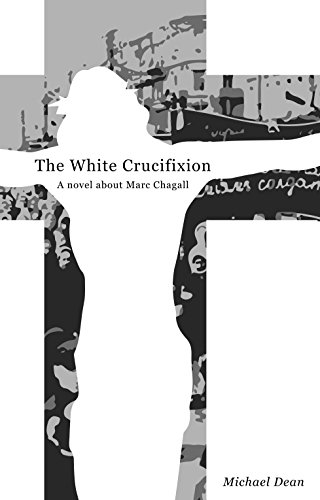The White Crucifixion
The cover describes this book as “a novel about Marc Chagall”. The title refers to a painting Chagall did in Paris following a vision which revealed to him the Nazi massacre of Jews from his hometown of Vitebsk in Byelorussia, and its destruction. This is described only at the end of the book and could therefore be puzzling to readers. I would not call this a novel, more a memoir, with a series of anecdotes heavy on name-dropping and description but with little characterisation or narrative drive.
Chagall, born Moyshe Shagal in 1887, recounts his birth and early years of poverty. Enrolled in art school, he gains a reputation and the opportunity, thanks to a benefactor, to study in Paris in 1913. In 1914, he and his wife Bella return to Vitebsk only to be trapped there by the outbreak of the First World War, then by the Russian Revolution and the establishment of the Soviet regime. Facing increasing hostility from the authorities, they return to Paris in 1922.
The book will be of interest to anyone wishing to learn about Chagall and what inspired some of his greatest work. The scenes in Paris in 1913-14 evoke particularly well the poverty and squalor endured by brilliant Yiddish-speaking artists in Paris. A difficult, dissatisfying read overall, however. But then this mirrors its subject: hypersensitive, emotional, fearful – he wore make-up in Paris – and only at ease when painting.










